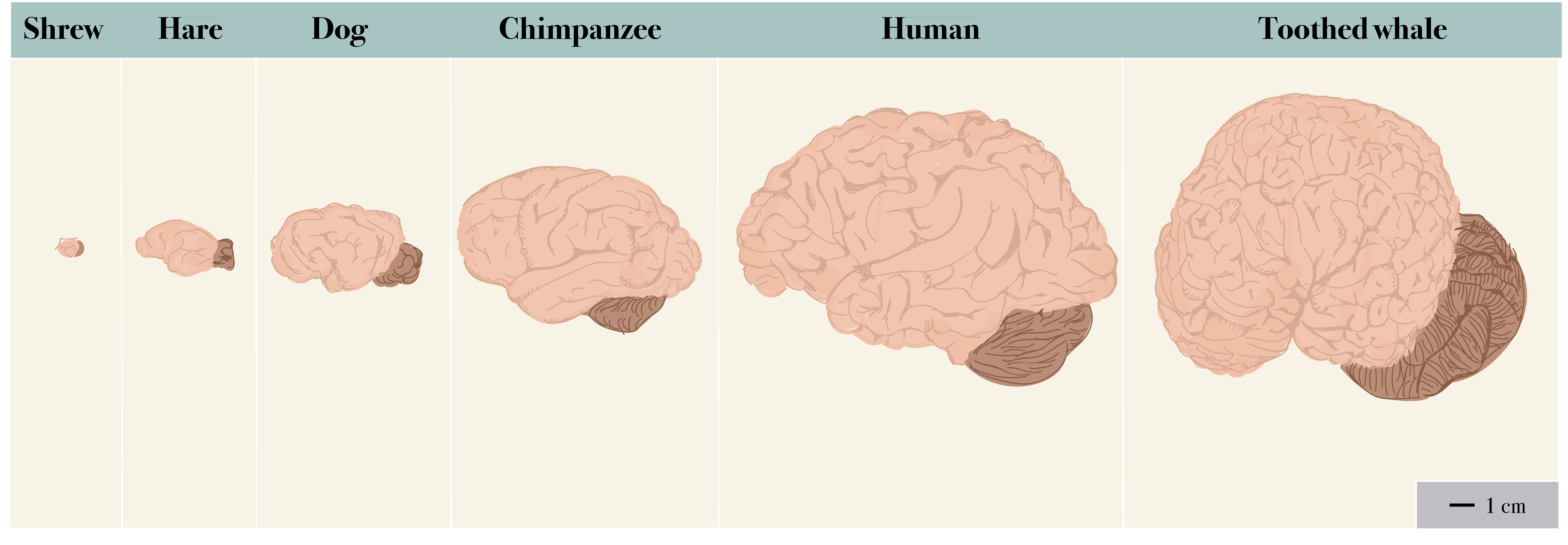55 Is the Brain Another Object of Sexual Desire?
It turns out that the sexiest organ of all might in fact be just between your ears-your brain! Since Darwin first contemplated about the evolution of humans and sexual selection, mate competition, primarily among males, has been considered an important force for evolutionary change in primates and other mammals. Even further, brain size and complexity has been regarded as a hallmark of primate and human evolution. While research on primates has found that brain size and complexity is related foremost to increased social complexity, recent research has found an evolutionary relationship with mating system complexity in particular. In this context, larger brains may have evolved as the result of sexual selection for individuals with greater social acuity.
Interestingly, more recent research shows a negative relationship between levels of sperm competition among males, as measure by relative testes mass, and the development of brain size. Scientists have suggested that this negative relationship represents an investment trade-off between two very metabolically costly tissues. Your brain is responsible for about one quarter of your body’s consumption of oxygen and sugar. In humans, the human brain is about as big as it can be while still fitting through the birth canal, and researchers have noted that the pelvis had to widen during human evolution to accommodate a larger head. While the human brain is capable of amazing feats of ingenuity, it is not necessarily clear that the adaptive benefits of a larger brain could justify such extreme costs. After all, animals with smaller brains are capable of many sophisticated behaviors like tool use, foraging, and cooperative group living.
Even organisms without brains can be perform advanced motor activities. For example, slime molds have been shown to solve mazes and puzzles, and some carnivorous plants can even count! However, the sheer costliness of the human brain may indeed be the exact hallmark of evolution by sexual selection. Just like the peacock’s tail, such a costly trait would not evolve through natural selection alone. Researcher Geoffrey Miller has even suggested that things like creativity, music, art, and humor might have been used as signals during pre-historic human courtship, leading to runaway selection for these signals-thereby driving the evolution of larger and larger brains.

This chapter is licensed under a Creative Commons Attribution-NonCommercial-ShareAlike 4.0 International License

